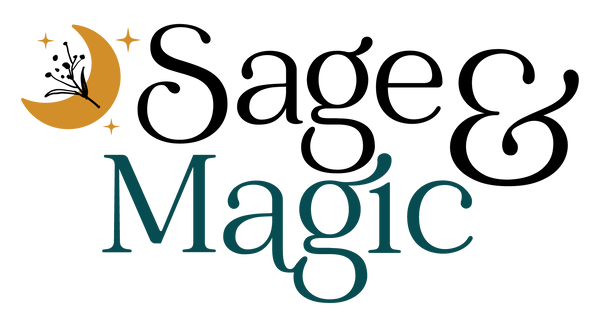
Divination Through Cartomancy
Share
Cartomancy is a method of divination that utilizes a deck of cards. While the practice has been popular for hundreds of years, it has seen a recent surge in popularity with a new wave of independently published and mass marketed Tarot decks hitting the market.
Initially, cartomancy was done with basic playing cards. In many places it still is done that way today. While the popularity and mysterious nature of Tarot cards have somewhat negated the practice of reading standard playing cards, the principles are much the same. Though different cultures have all managed to create unique sets of playing cards, adaptations have been made which allow readings to be done using a variety of decks. When it comes right down to it, cartomancy can be done with the poker deck that you have in the junk drawer. Tarot cards can be fun and enlightening, but you needn't feel like that is the only way to get a good reading or to get accurate guidance.
There are many superstitions about the cards themselves that are used for cartomancy. One of the most widely held beliefs is that the deck, which is used for readings, should never be used for anything else. The act of playing with the cards can ruin the fine edge of their accuracy. Some purists even say that no one except the owner of the cards should ever lay a finger on them. They must protect from the aura of other people so that the connection between the cards and the medium is undisturbed and clear.
The argument over what is and is not cartomancy can become heated when discussed. Though they may agree that various methods are forms of divination, many from the older schools of thought refuse to bestow the title of cartomancy on any reading that does not involve a standard deck. In other words, they believe that cartomancy does not include Tarot readings. There are other types of oracle cards which they also feel do not meet the standards of true cartomancy.
The Tarot deck is much different than the regular decks of cards that you and I may be familiar with. For starters, it has more cards. They are also divided up differently. The Tarot decks include 22 major cards that do not have an equivalent in a standard deck. The remaining cards are somewhat similar to your standard poker cards in that each suit represents something significant. Clubs, diamonds, hearts, and spades each equate to one of the elements that make up the world. They are earth, air, fire and water.
Of course, there are also the numbers on the cards that carry meaning. This is particularly true with the face cards. What causes many problems, and likewise many to doubt its relevance, is the dispute over the meaning of cards in identical decks. It can be difficult to engage people for an accurate reading if they are aware of these differences. One possible answer is that the cards play themselves out in accordance with the way the interpreter will draw them. Could it be the cards will be played in the right way, no matter how you interpret them? Many cartomancers believe that this is the case, and thus the reason why disputes over interpretation aren't a big deal to them.
